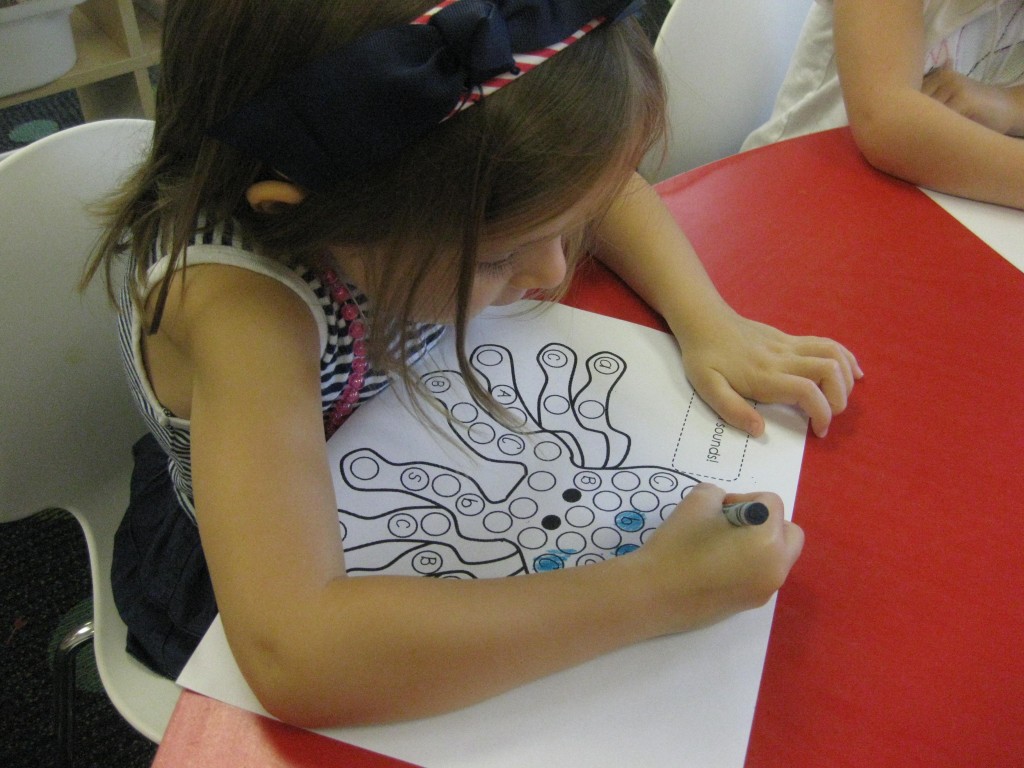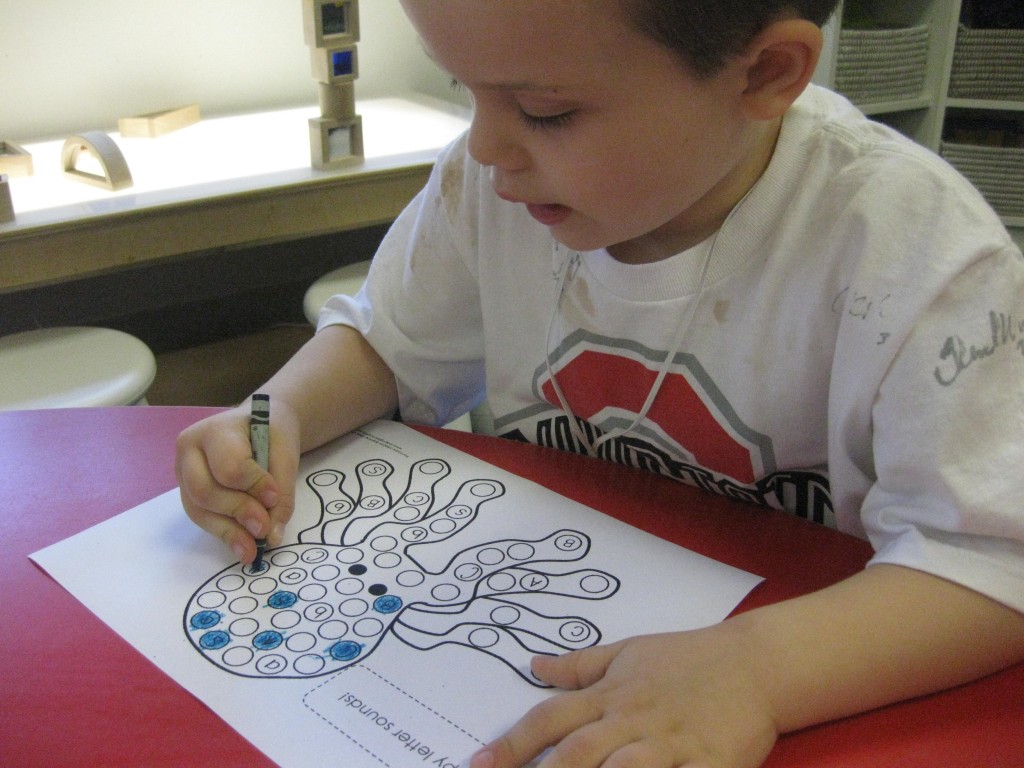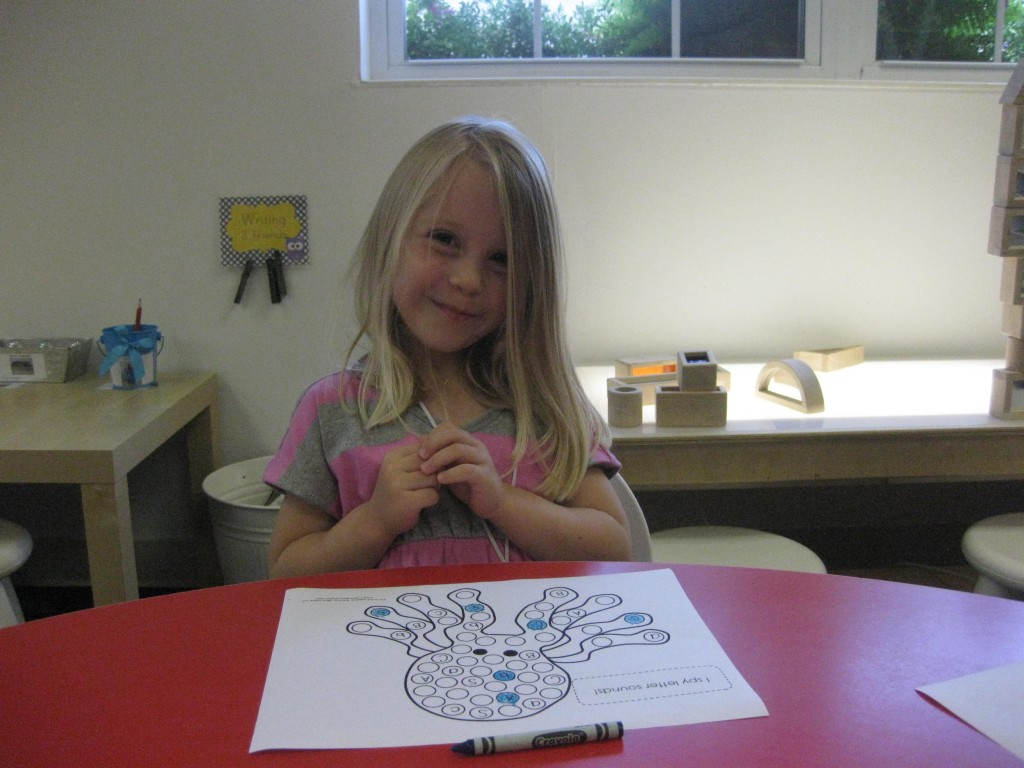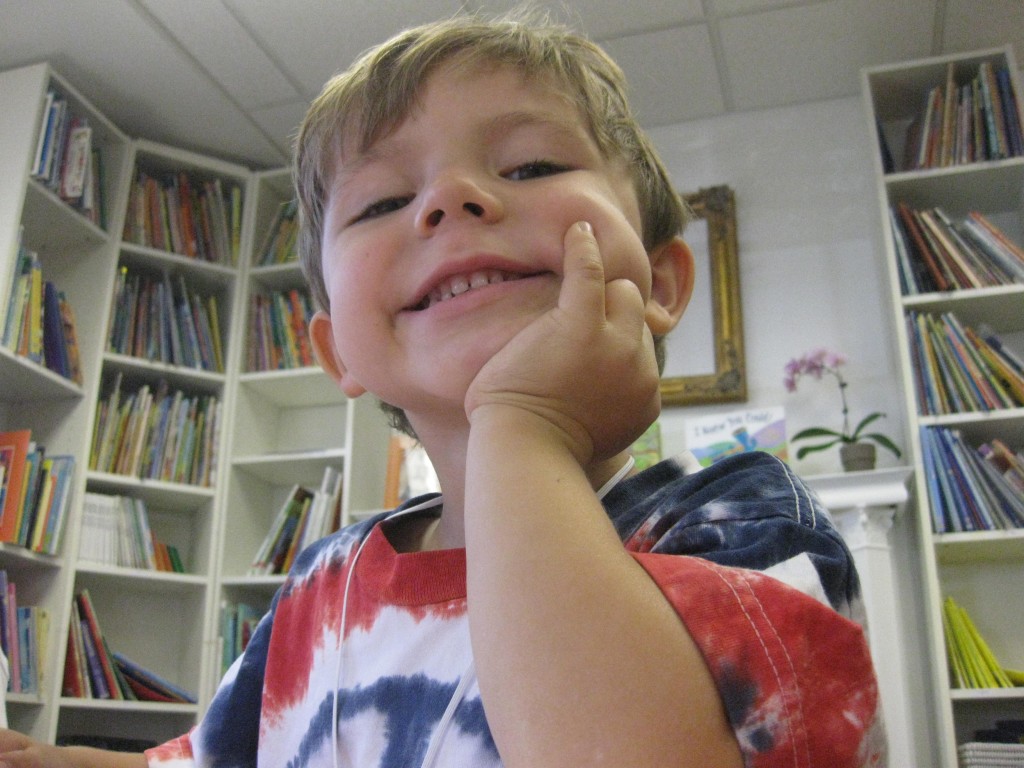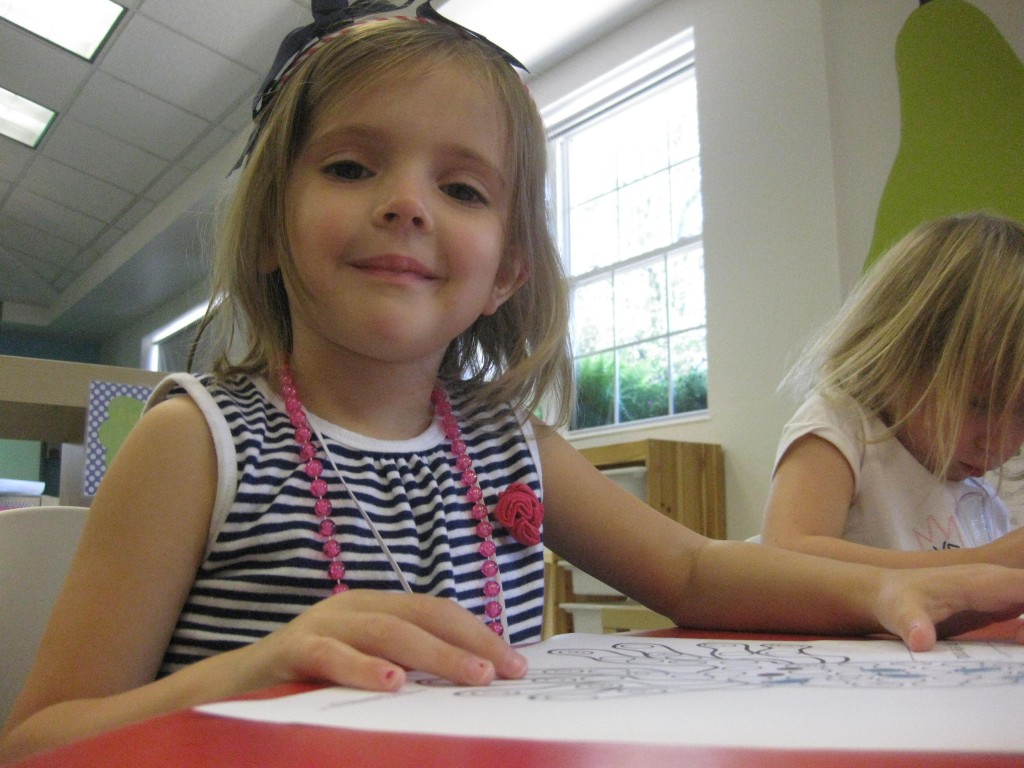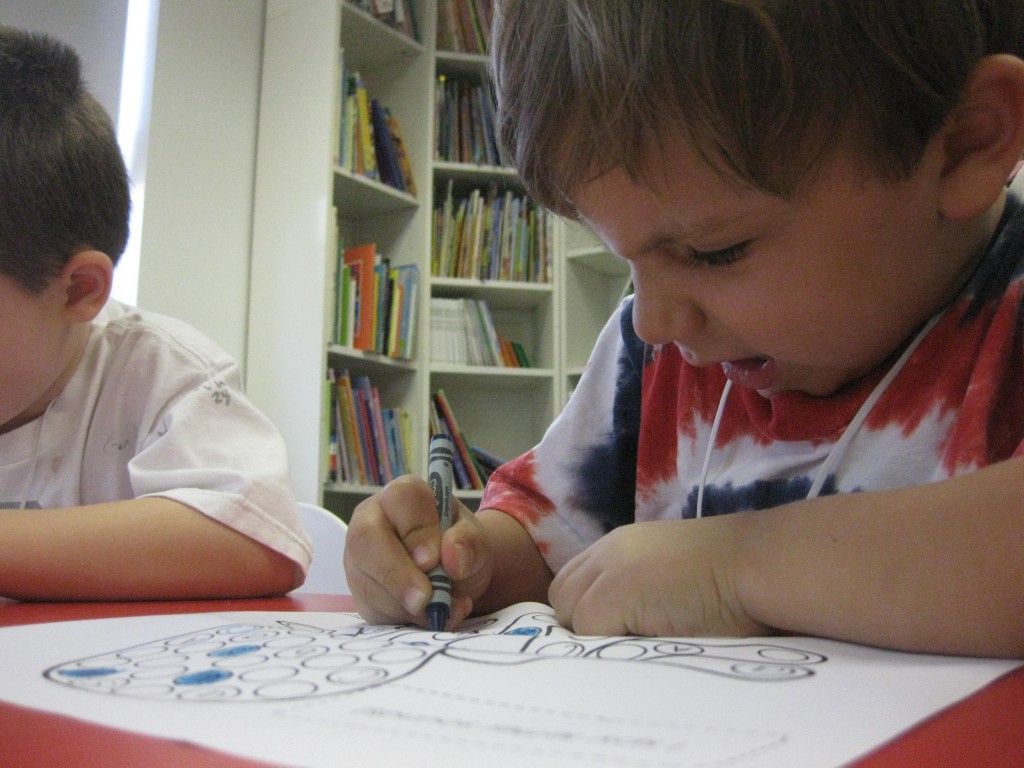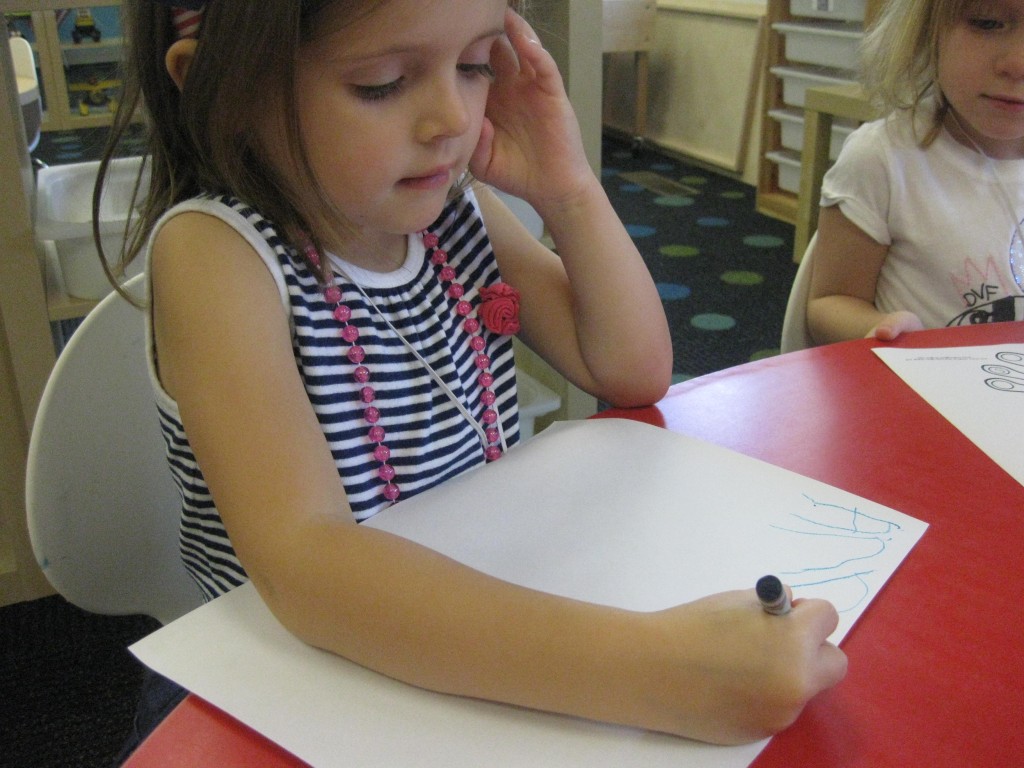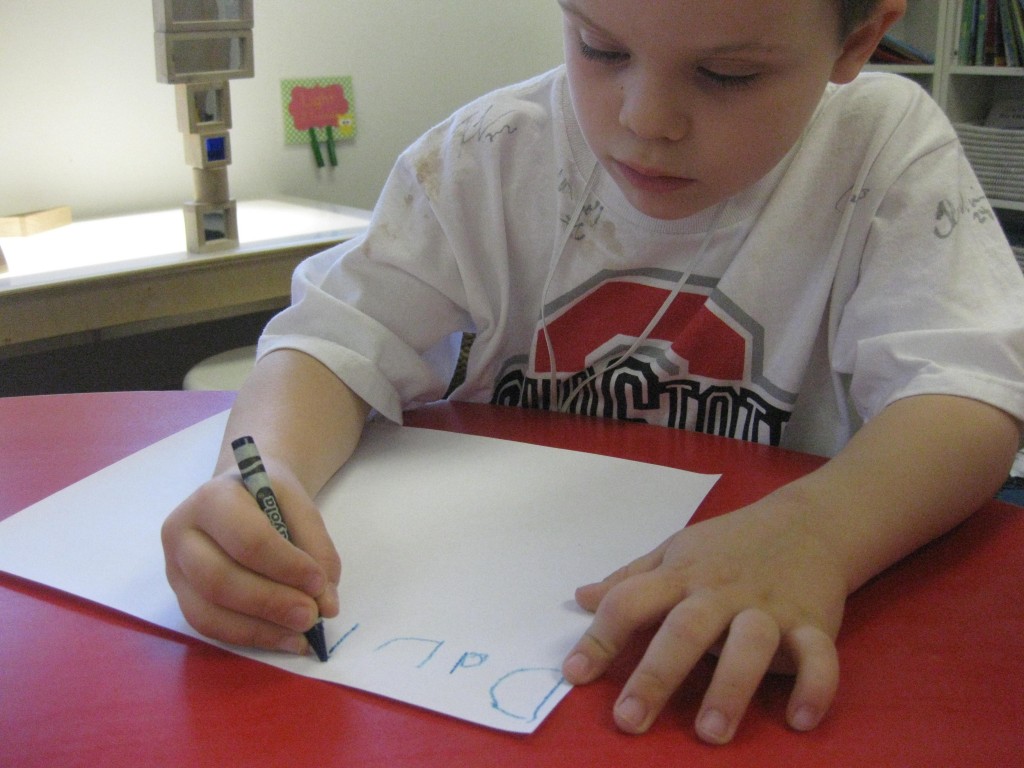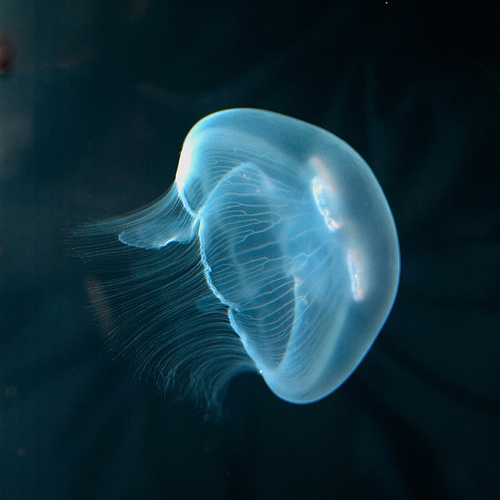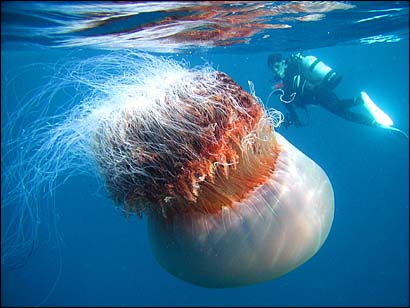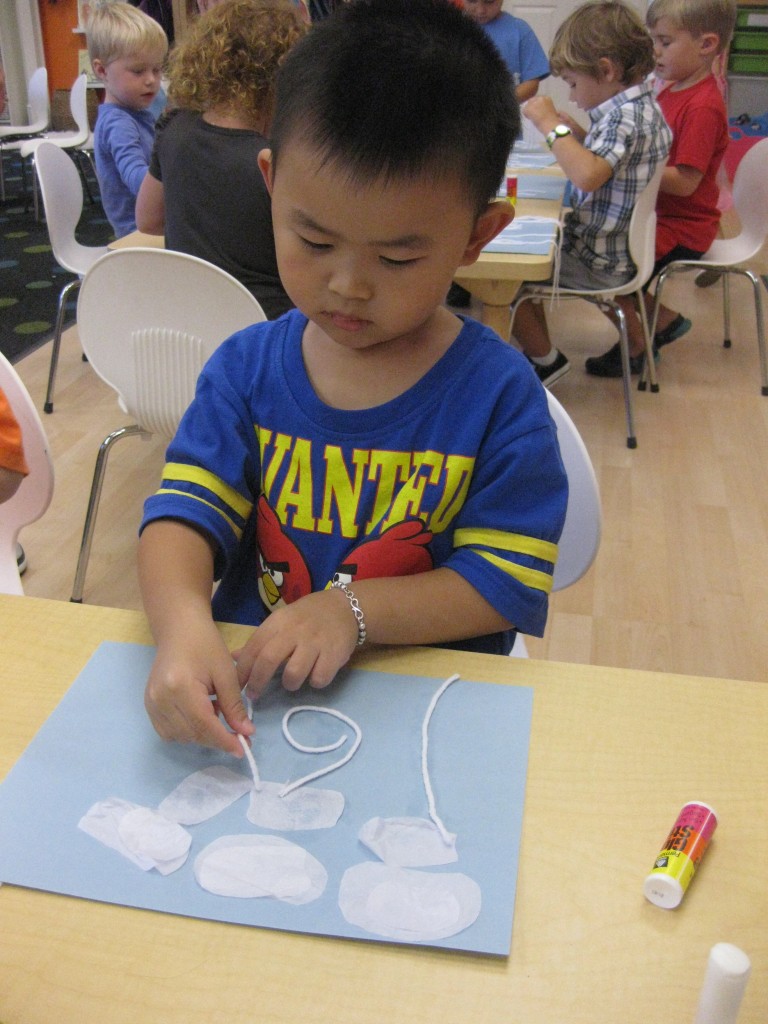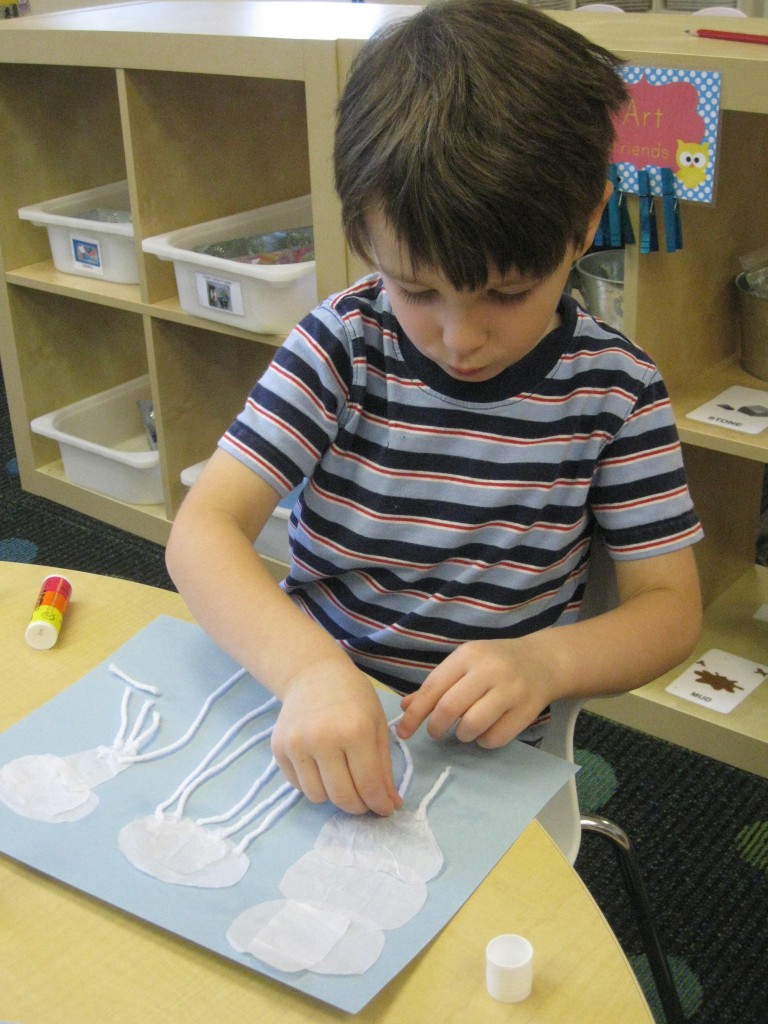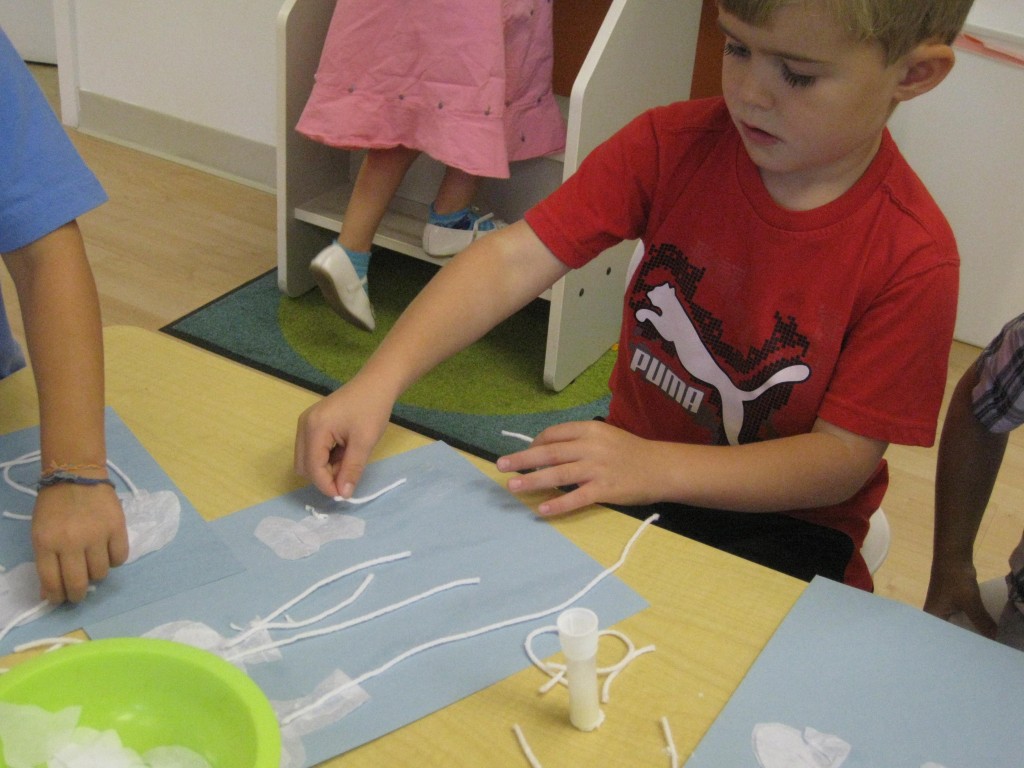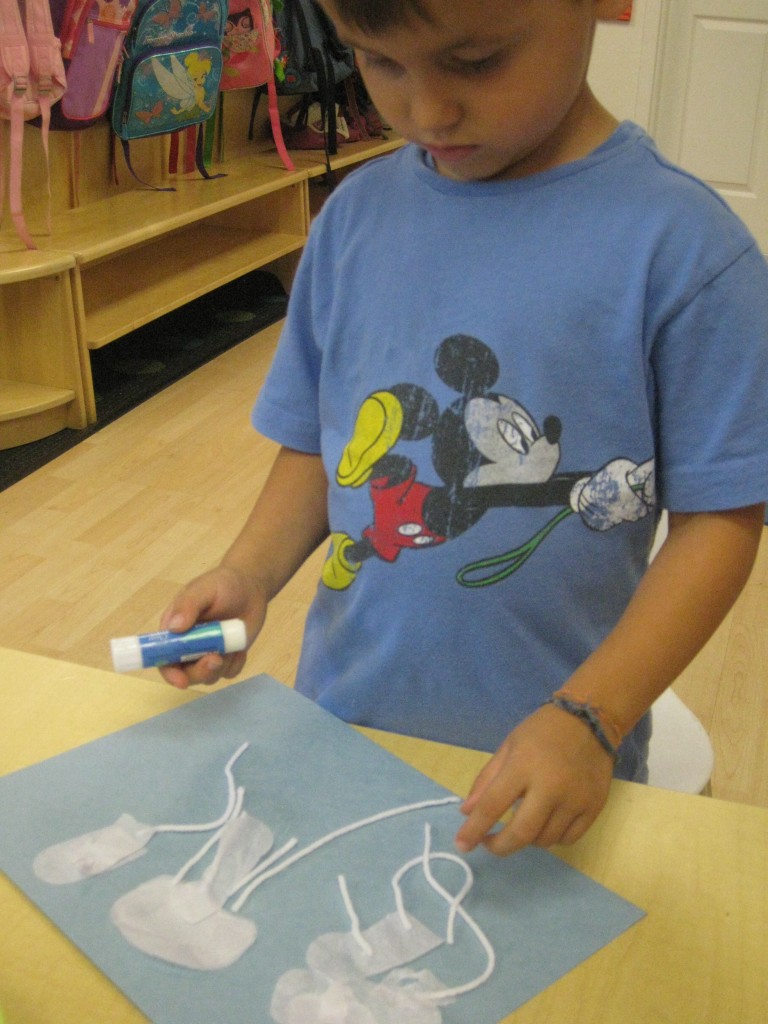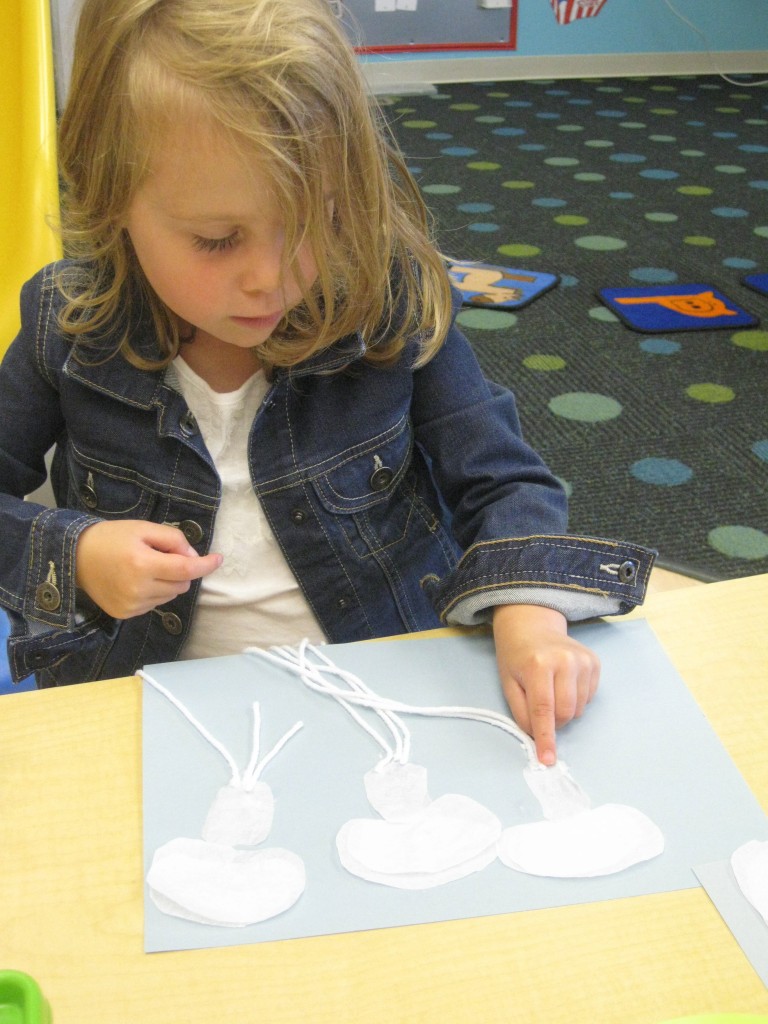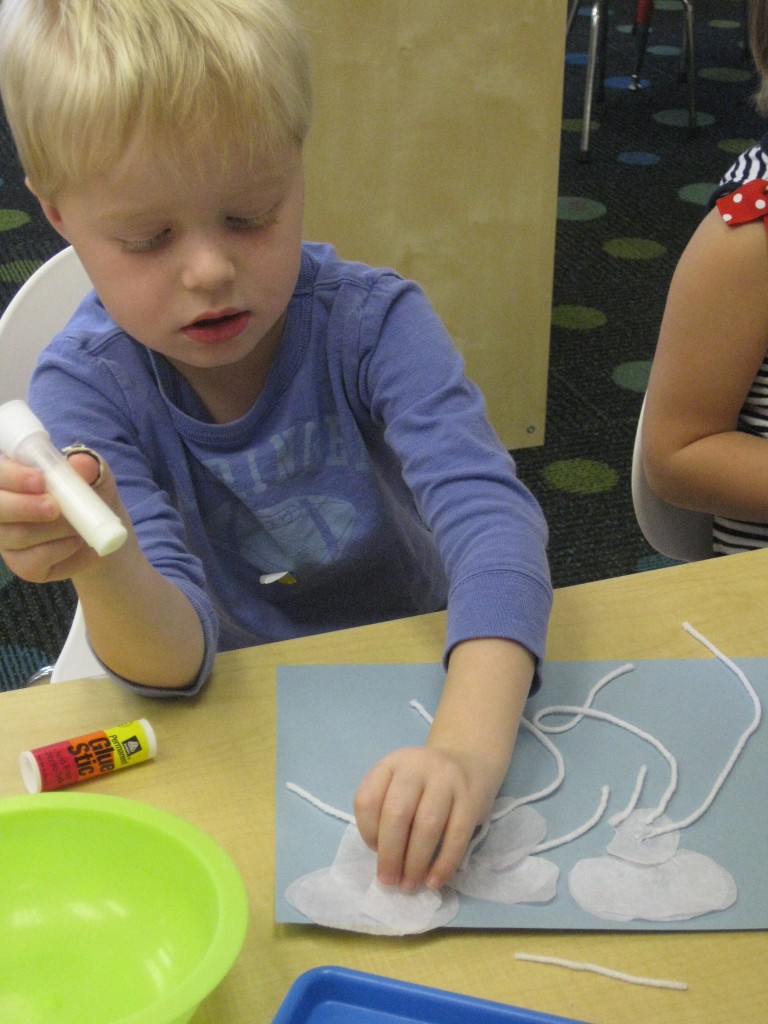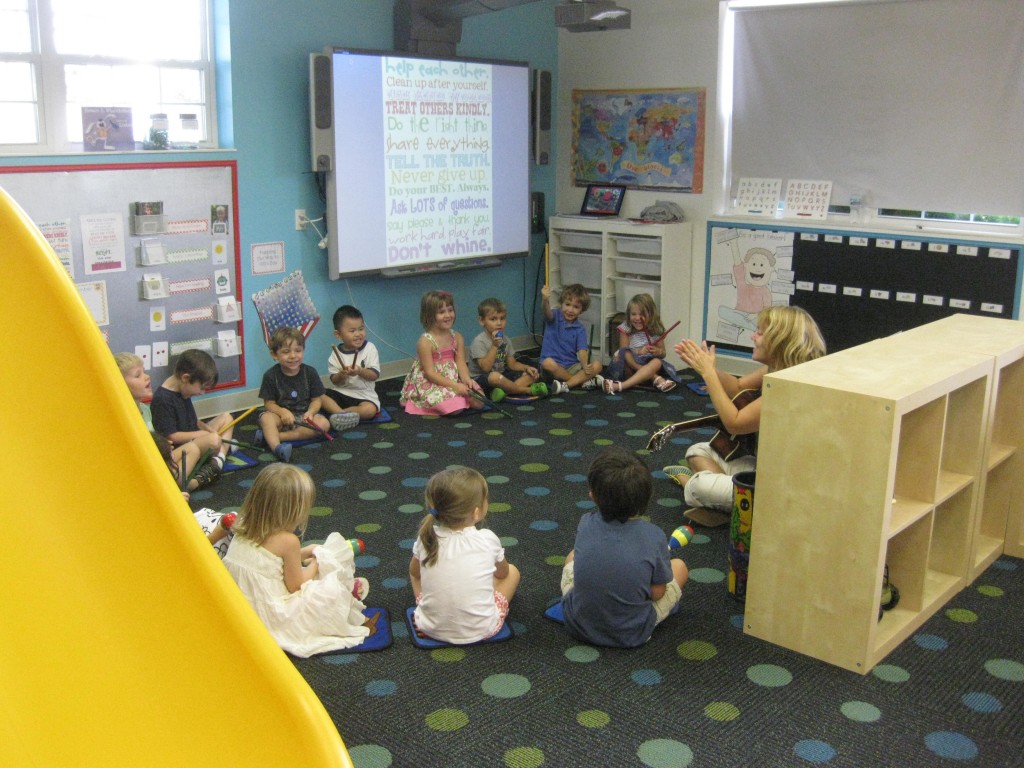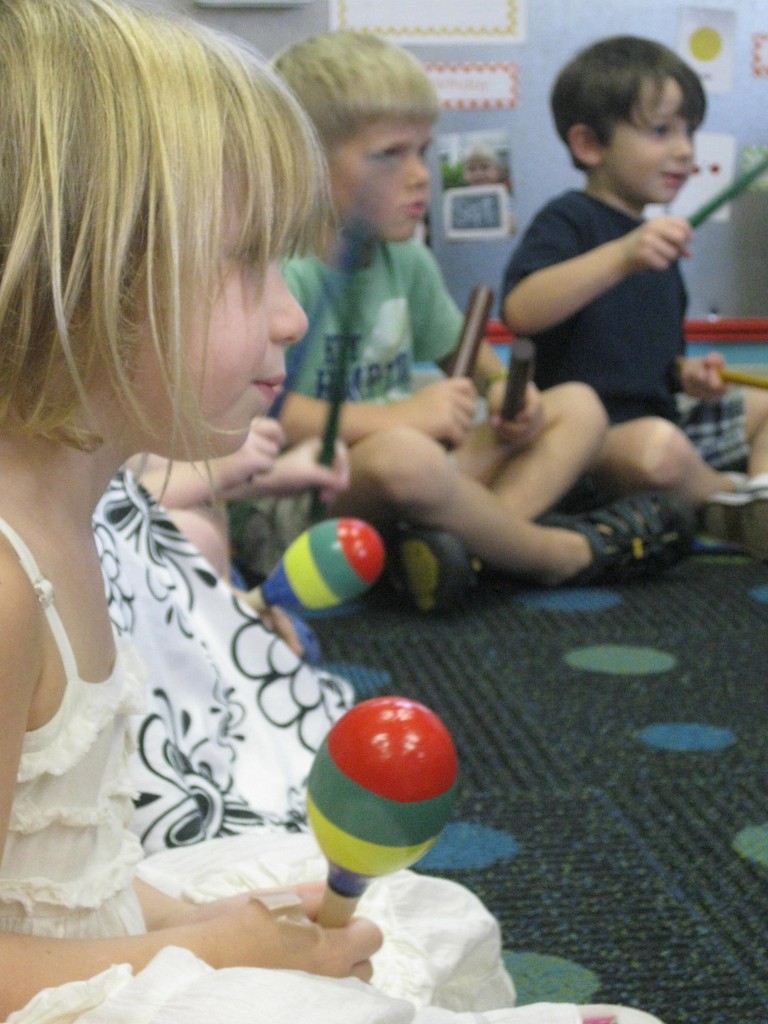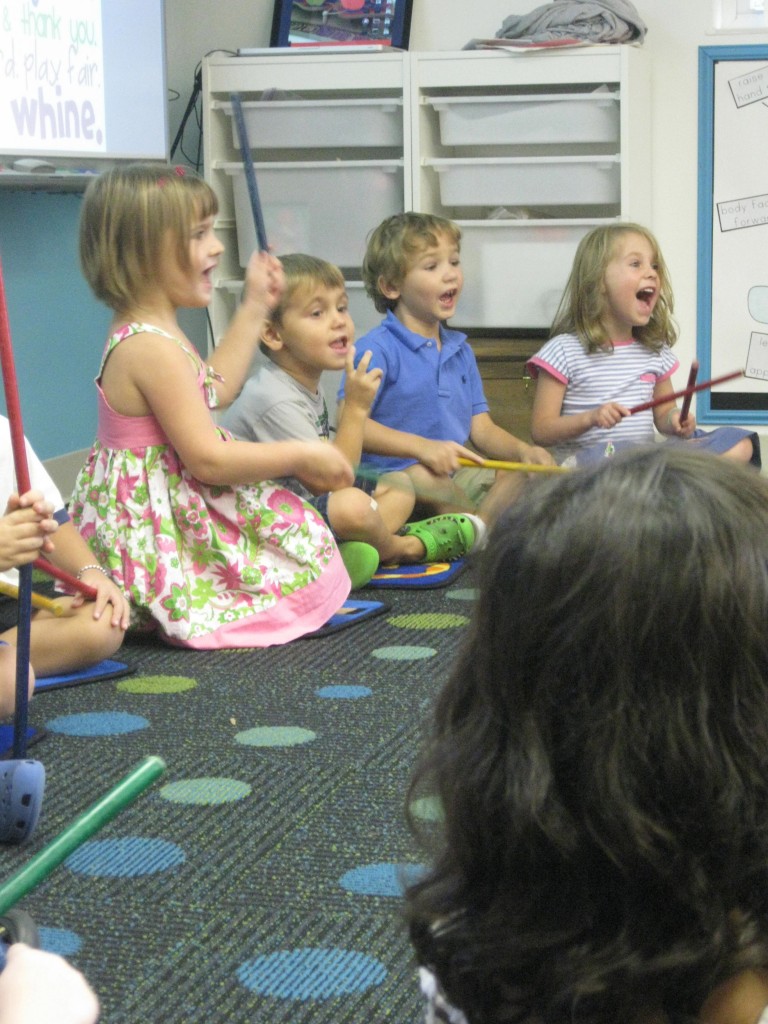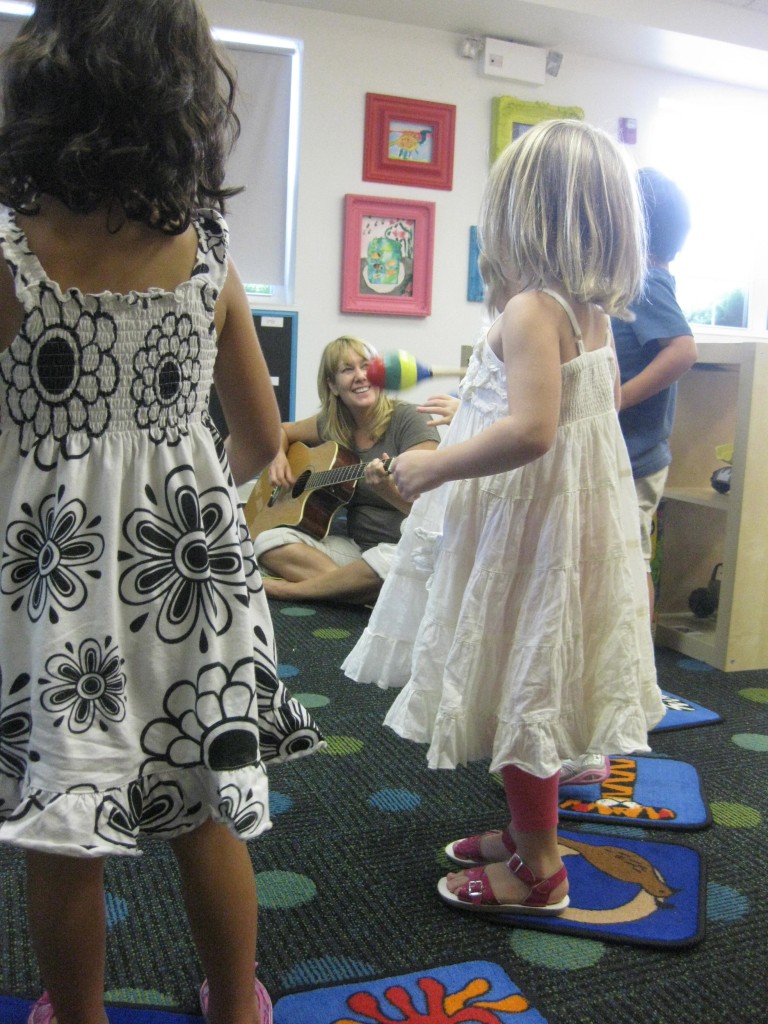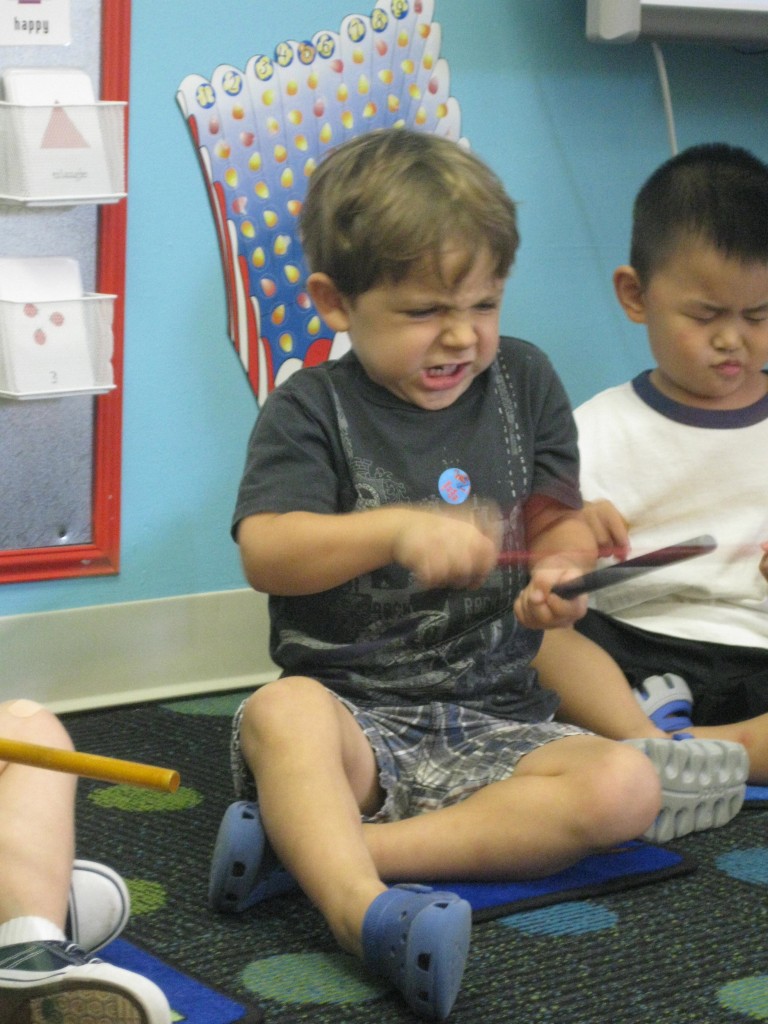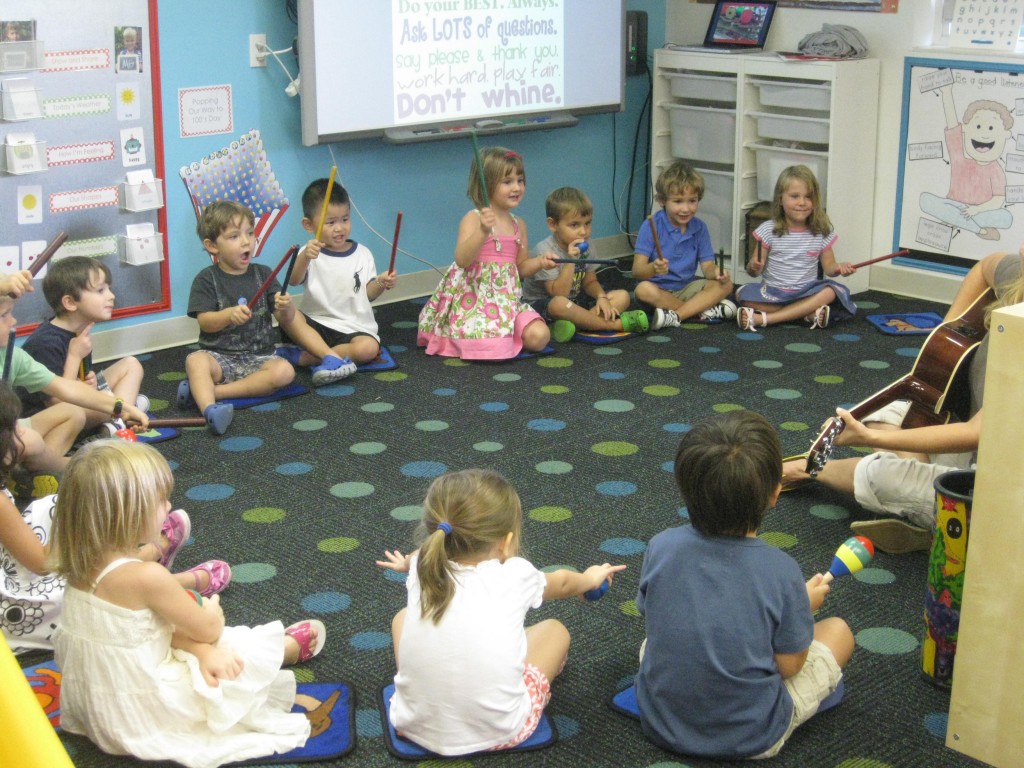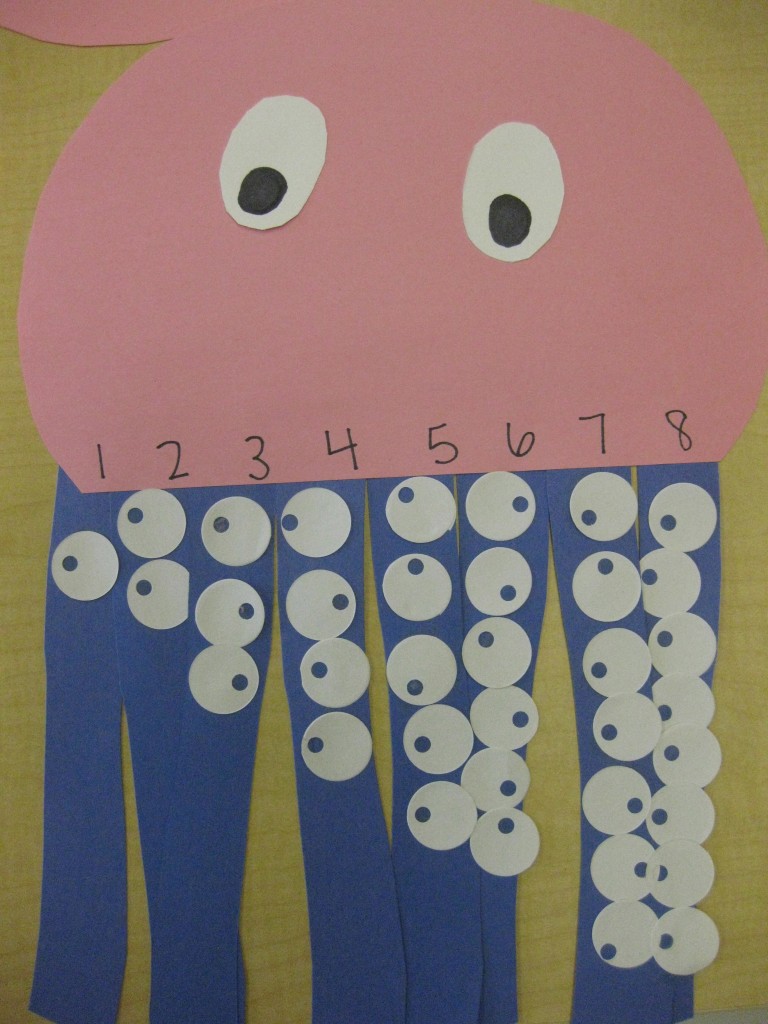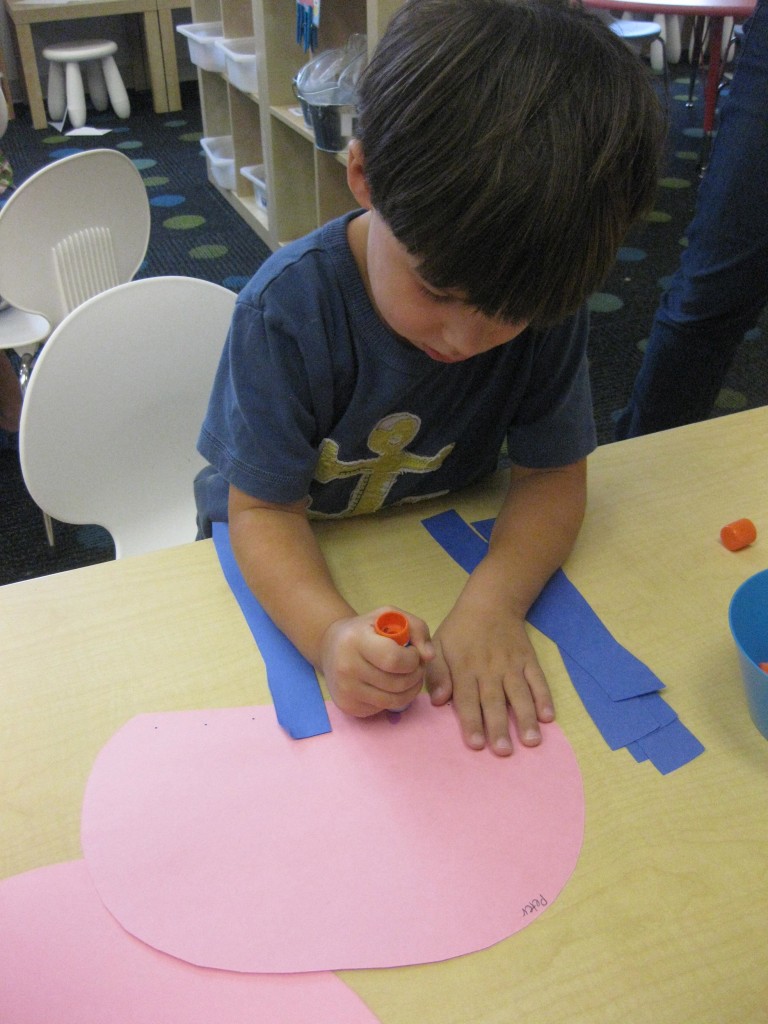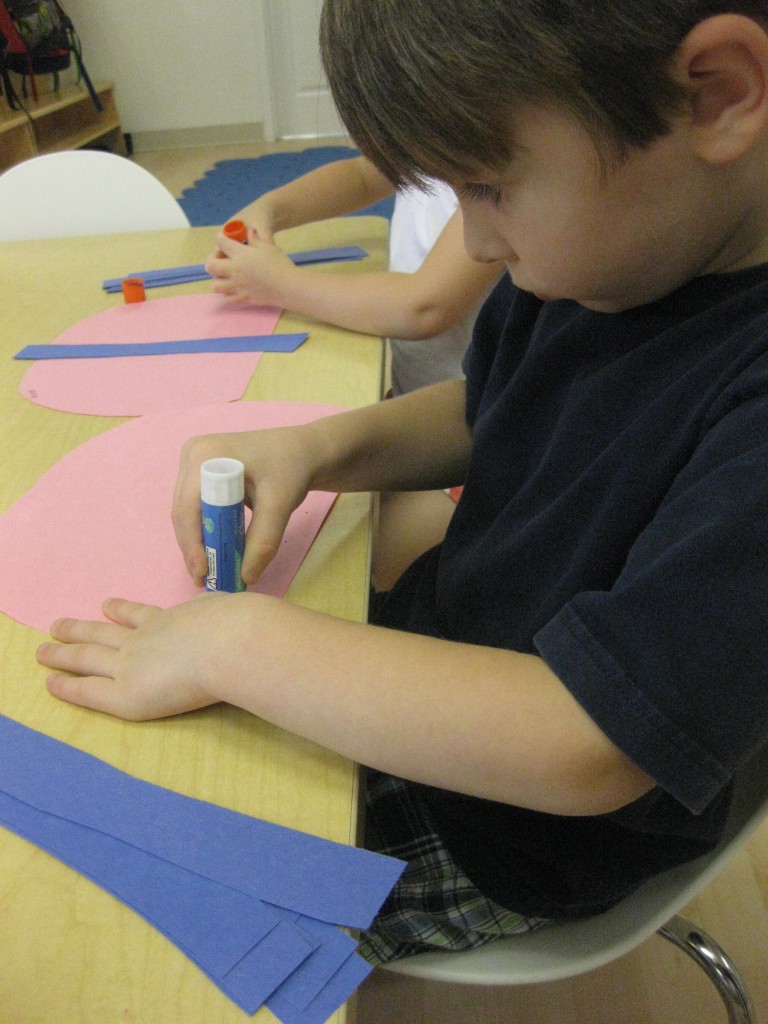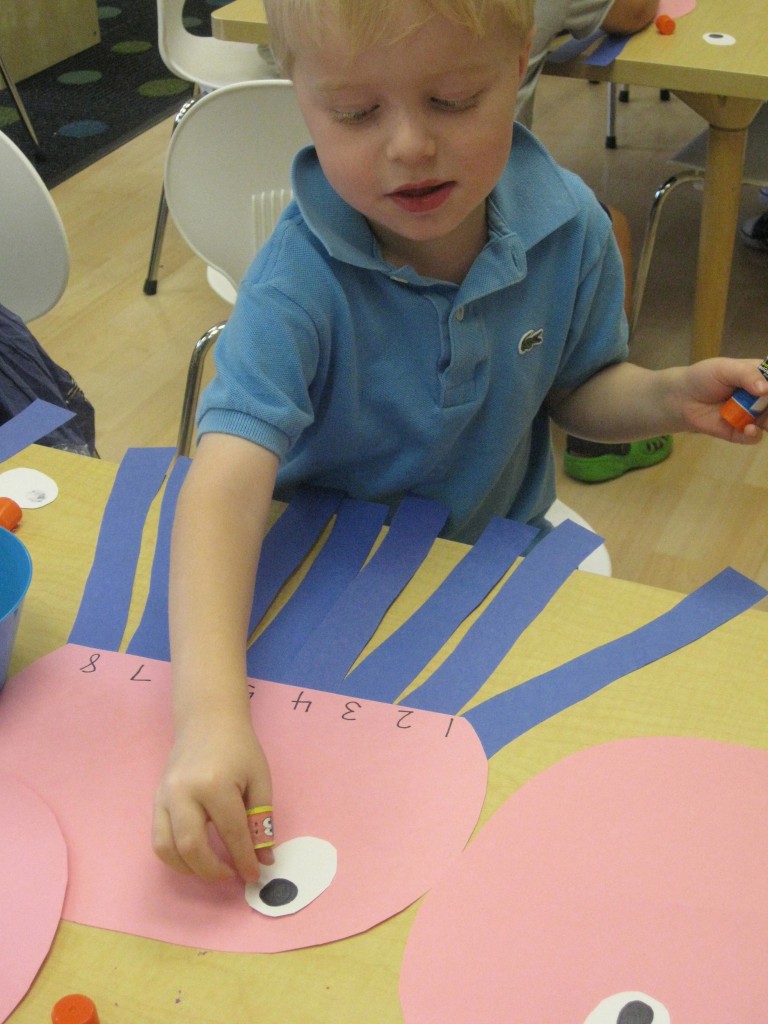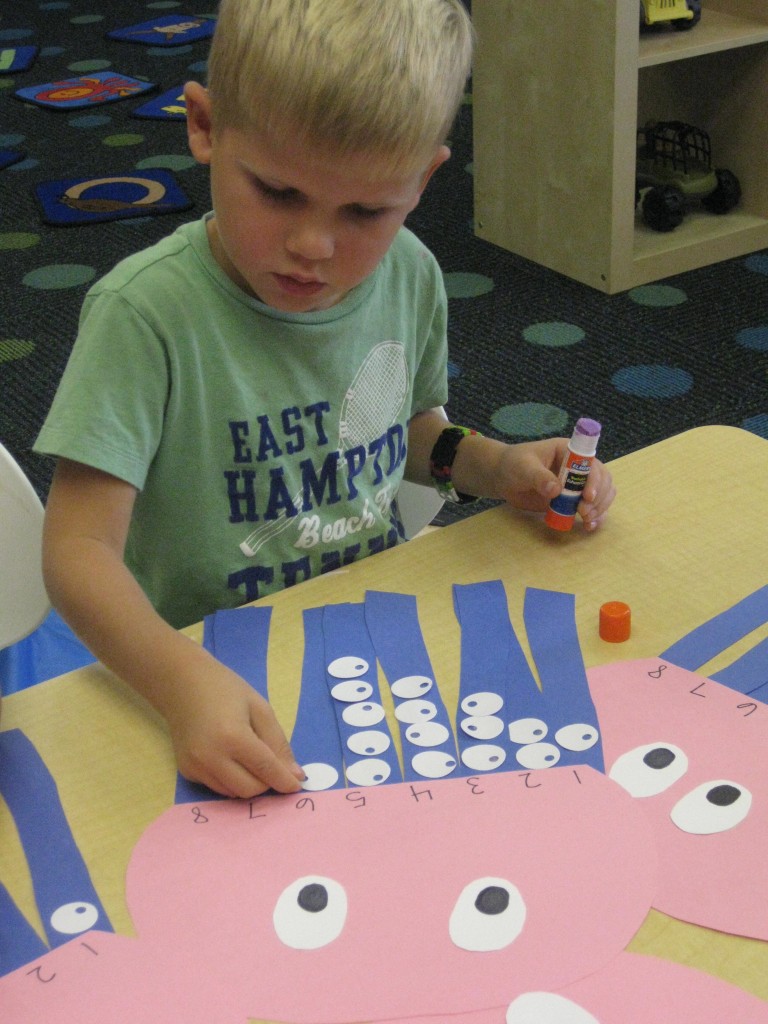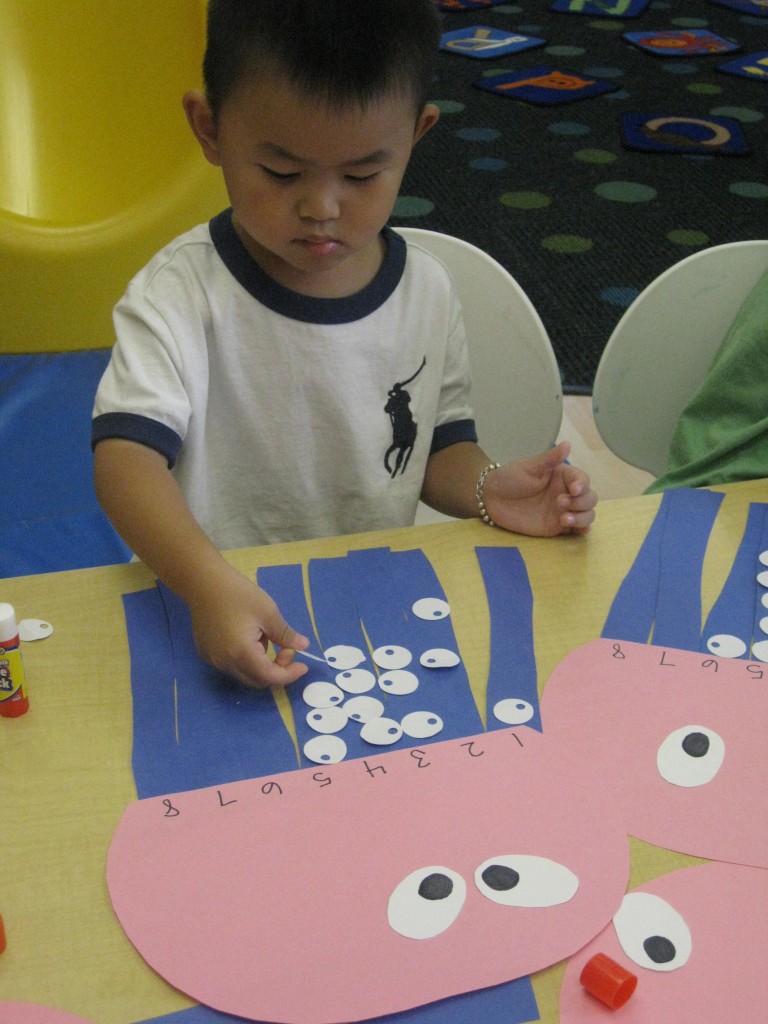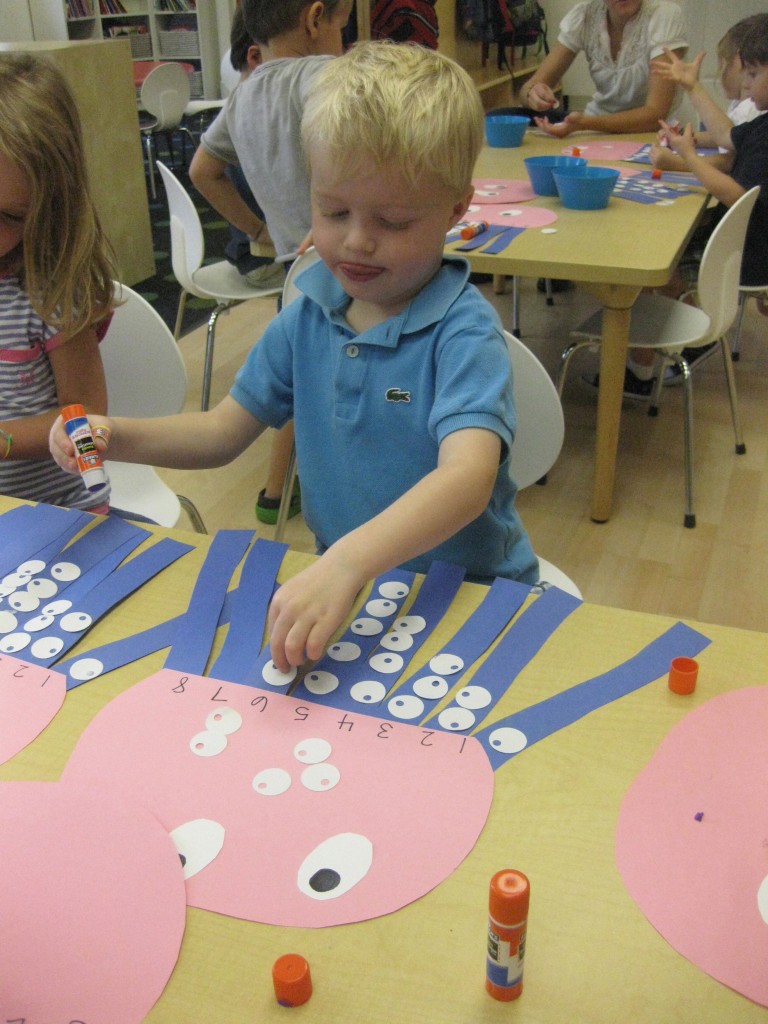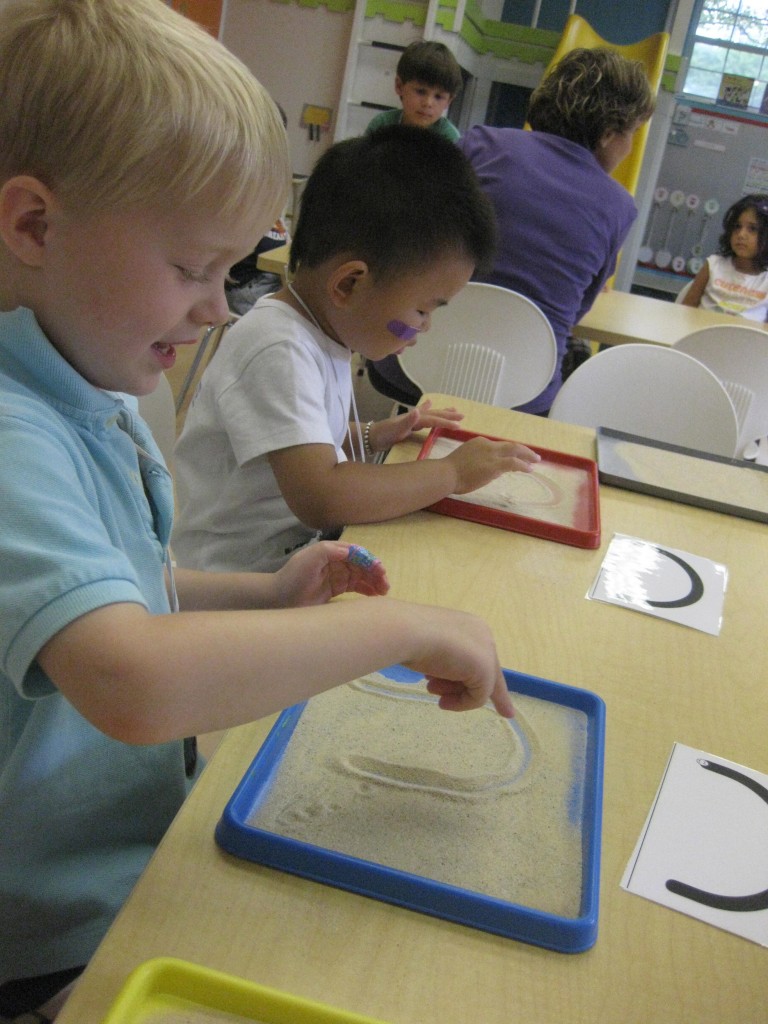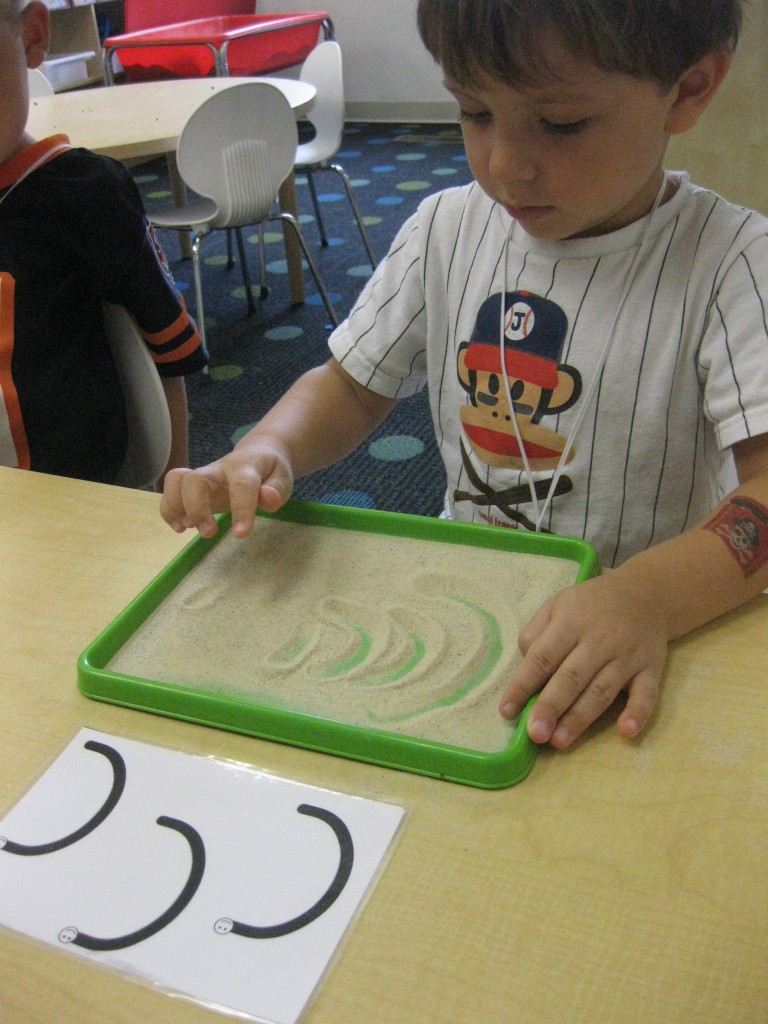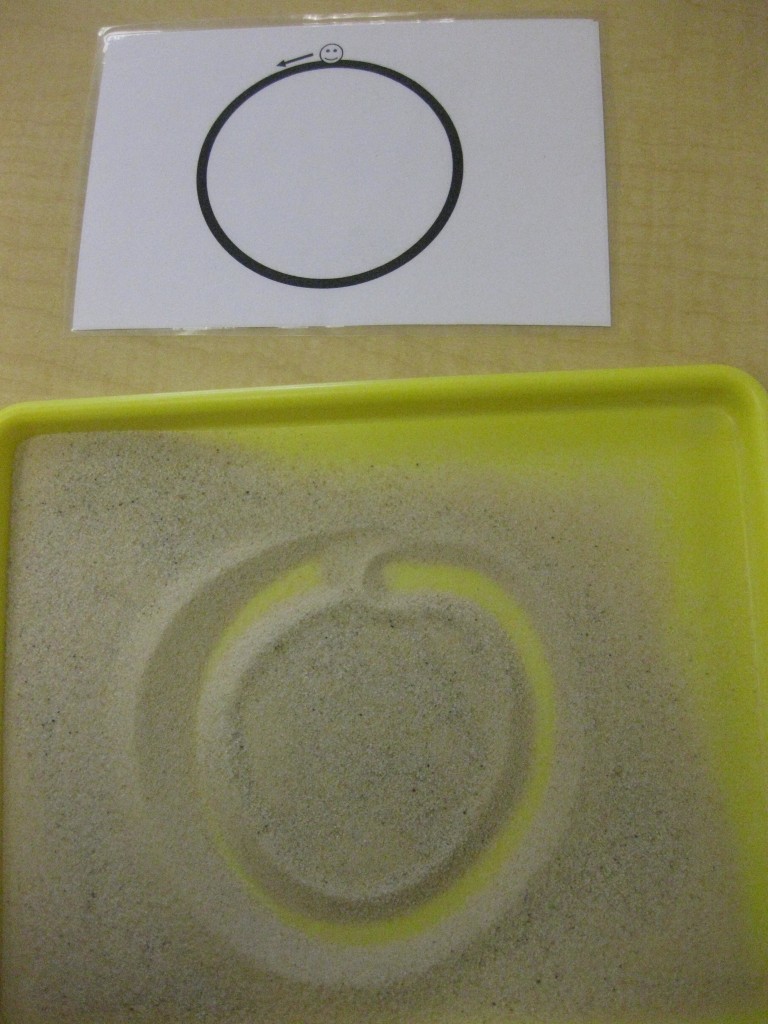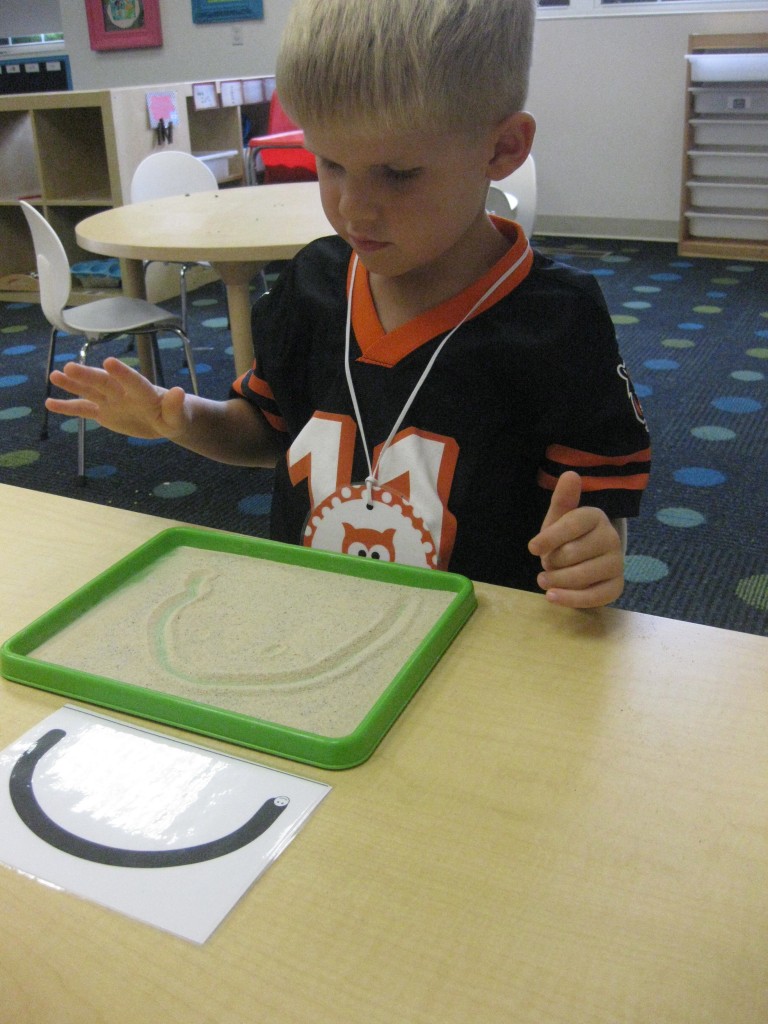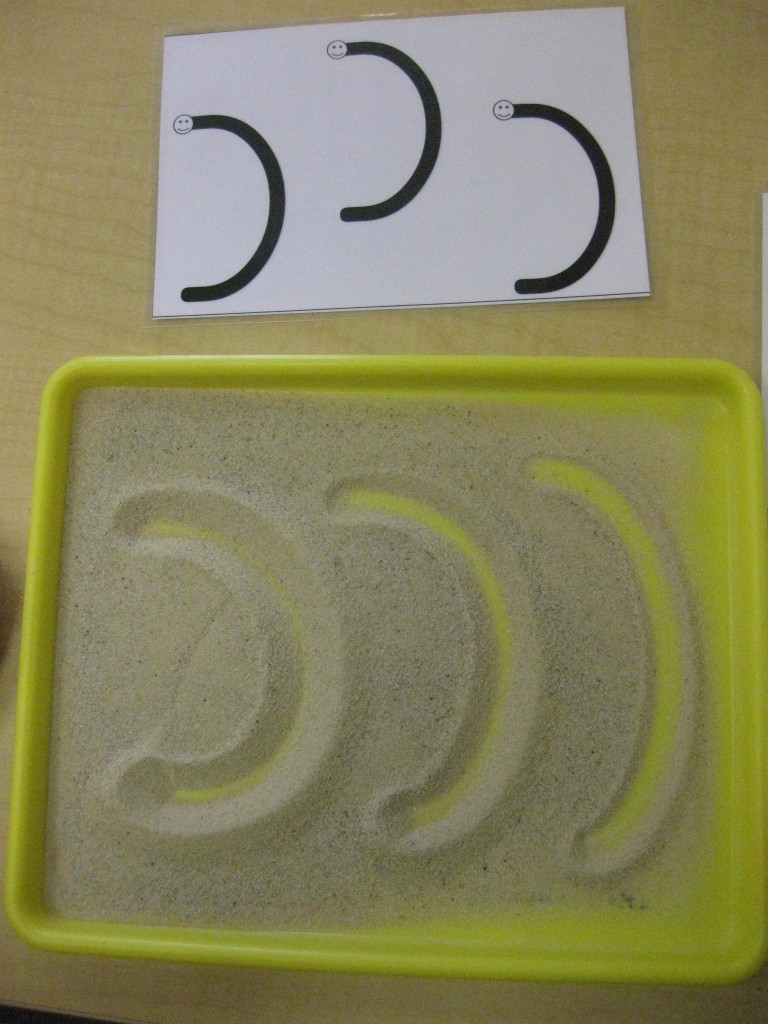We continued our phonics study today in small groups. We hear about the phonics but what is it? Simply put, phonics is the connection between letter symbols and sounds. As adults, this relationship seems apparent and common sense. However, in reality there is no natural connection between words and their meanings.
At the very core of phonics lies the alphabet. In order to master phonics a person must master the alphabet. Letters then need to be connected to their corresponding sounds. As we know as English speakers, this is easier said than done. Many letters can represent a number of different sounds. This means that learning phonics is an ongoing process for a developing reader. Because letters and sounds were introduced in our Preschool Program we will have a “crash course” in letters and their sounds over the next nine weeks. We will be focusing on three letters per week. We will complete letters Aa, Bb, and Cc this week and the next three will be introduced on Monday.







We continued our phonics study today in small groups. We hear about the phonics but what is it? Simply put, phonics is the connection between letter symbols and sounds. As adults, this relationship seems apparent and common sense. However, in reality there is no natural connection between words and their meanings.
At the very core of phonics lies the alphabet. In order to master phonics a person must master the alphabet. Letters then need to be connected to their corresponding sounds. As we know as English speakers, this is easier said than done. Many letters can represent a number of different sounds. This means that learning phonics is an ongoing process for a developing reader. Because letters and sounds were introduced in our Preschool Program we will have a “crash course” in letters and their sounds over the next nine weeks. We will be focusing on three letters per week. We will complete letters Aa, Bb, and Cc this week and the next three will be introduced on Monday.







